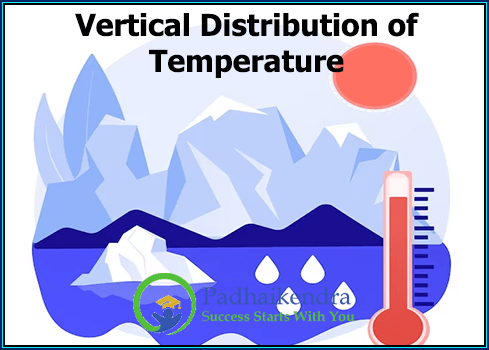The vertical distribution of temperature in the ocean varies depending on a variety of factors, including latitude, season, and ocean currents. In general, the temperature of ocean water decreases with depth, a phenomenon known as the thermocline.
Near the surface of the ocean, the temperature of the water is primarily affected by solar radiation and the exchange of heat with the atmosphere. The uppermost layer of the ocean, known as the mixed layer, can have temperatures ranging from around 10-30°C (50-86°F), depending on location and season. Below the mixed layer, there is often a transition layer called the pycnocline, where the temperature and density of the water changes rapidly. Below the pycnocline, the water is generally colder and more uniform in temperature, with temperatures ranging from around 2-4°C (35-39°F) in the deep ocean.
The depth and intensity of the thermocline can vary depending on the location and season. In the tropics, the thermocline can be very shallow, often only a few hundred meters deep, while in higher latitudes, the thermocline can be deeper and more diffuse.
Ocean currents can also affect the vertical distribution of temperature in the ocean. Warm ocean currents, such as the Gulf Stream, can bring warm water to higher latitudes and mix with colder waters, while cold ocean currents, such as the Labrador Current, can bring cold water to lower latitudes.
Changes in the vertical distribution of temperature in the ocean can have significant impacts on marine ecosystems, as different species are adapted to specific temperature ranges. For example, a change in the depth or intensity of the thermocline can affect the distribution of phytoplankton, which are the base of the marine food web. Additionally, changes in the vertical distribution of temperature can affect ocean circulation patterns, which can have far-reaching impacts on climate and weather patterns.





